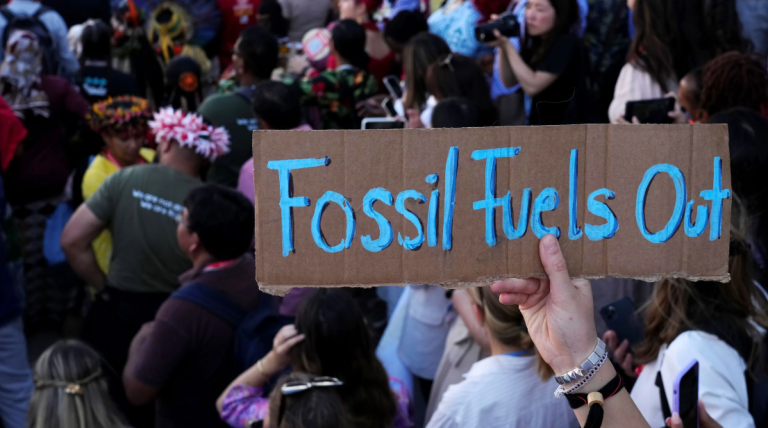How to Reduce Your Carbon Footprint: Simple Actions for Environmental Sustainability
How to Reduce Your Carbon Footprint: Simple Actions for Environmental Sustainability
In a world increasingly grappling with the impacts of climate change, reducing our carbon footprint has become more critical than ever. A carbon footprint refers to the total amount of greenhouse gases, particularly carbon dioxide (CO2), emitted directly or indirectly by human activities such as transportation, energy consumption, and food production. By taking simple yet impactful actions to reduce our carbon footprint, we can contribute to environmental sustainability and mitigate the effects of climate change. In this comprehensive guide, we’ll explore practical steps individuals can take to minimize their carbon footprint and promote a healthier planet.
Understanding Carbon Footprint:
Before delving into actionable steps to reduce our carbon footprint, it’s essential to understand how our daily activities contribute to greenhouse gas emissions. The burning of fossil fuels, such as coal, oil, and natural gas, for electricity, heating, transportation, and industrial processes, is the primary source of CO2 emissions. Additionally, activities such as deforestation, agriculture, and waste management also release significant amounts of greenhouse gases into the atmosphere. These emissions trap heat in the Earth’s atmosphere, leading to global warming, rising sea levels, extreme weather events, and other adverse impacts on the environment and human health.
Simple Actions to Reduce Your Carbon Footprint:
While addressing climate change may seem like a daunting task, there are many simple yet effective actions individuals can take to reduce their carbon footprint and promote environmental sustainability. Here are some practical steps you can incorporate into your daily life:
1. Reduce Energy Consumption:
– Upgrade to energy-efficient appliances and lighting: Replace old appliances and incandescent light bulbs with ENERGY STAR-certified models, which consume less energy and reduce greenhouse gas emissions.
– Improve home insulation: Proper insulation in your home can help reduce heating and cooling costs by minimizing energy waste. Seal gaps and cracks, add insulation to walls and attics, and install energy-efficient windows and doors.
– Turn off electronics when not in use: Unplug electronics and appliances when they’re not in use, or use smart power strips to automatically cut power to devices that are in standby mode.
– Use programmable thermostats: Set your thermostat to lower temperatures in winter and higher temperatures in summer when you’re asleep or away from home to save energy and reduce emissions.
2. Embrace Sustainable Transportation:
– Choose alternative modes of transportation: Whenever possible, walk, bike, carpool, or use public transportation instead of driving alone. Consider investing in an electric vehicle (EV) or hybrid car to reduce emissions from fossil fuel-powered vehicles.
– Combine trips and plan efficient routes: Combine errands and plan efficient routes to minimize driving time and fuel consumption.
– Practice eco-friendly driving habits: Drive at moderate speeds, avoid aggressive acceleration and braking, and keep your vehicle well-maintained to improve fuel efficiency and reduce emissions.
3. Opt for Renewable Energy:
– Install solar panels: Consider installing solar panels on your home or property to generate clean, renewable energy and reduce reliance on fossil fuels.
– Purchase renewable energy credits: If installing solar panels is not feasible, you can still support renewable energy by purchasing renewable energy credits (RECs) from certified providers.
– Choose green energy options: Many utility companies offer green energy programs that allow customers to purchase electricity generated from renewable sources such as wind, solar, and hydroelectric power.
4. Practice Sustainable Eating Habits:
– Reduce meat consumption: The production of meat, especially beef and lamb, is associated with high greenhouse gas emissions. Consider reducing your meat consumption or incorporating more plant-based foods into your diet.
– Choose locally sourced and organic foods: Support local farmers and reduce emissions associated with transportation by choosing locally sourced and organic foods whenever possible.
– Minimize food waste: Plan meals, store food properly, and compost organic waste to reduce methane emissions from landfills.
5. Conserve Water:
– Fix leaks and install water-saving fixtures: Repair leaks in faucets, toilets, and pipes, and install water-saving fixtures such as low-flow showerheads and faucets to conserve water and reduce energy used for heating.
6. Reduce, Reuse, Recycle:
– Reduce waste: Choose products with minimal packaging, avoid single-use items, and opt for reusable alternatives whenever possible.
– Reuse items: Extend the life of products by repairing, repurposing, or donating them instead of throwing them away.
– Recycle materials: Recycle paper, cardboard, glass, metal, and plastics to conserve resources and reduce emissions associated with production and disposal.
7. Support Conservation Efforts:
– Protect natural habitats: Support organizations and initiatives that work to conserve forests, wetlands, and other critical habitats that serve as carbon sinks and biodiversity hotspots.
– Plant trees: Trees absorb CO2 from the atmosphere and store carbon in their biomass, making afforestation and reforestation effective strategies for carbon sequestration.
Conclusion:
Reducing your carbon footprint is a crucial step towards mitigating climate change and promoting environmental sustainability. By making simple changes to your daily habits and lifestyle choices, you can significantly reduce your impact on the planet and contribute to a healthier, more sustainable future. Whether it’s conserving energy, embracing sustainable transportation, adopting eco-friendly eating habits, or supporting conservation efforts, every action counts in the fight against climate change. Together, we can make a difference and create a more resilient and sustainable world for future generations.
For more information visit: cryptcpm.tech
For more information visit: newsburing.com







